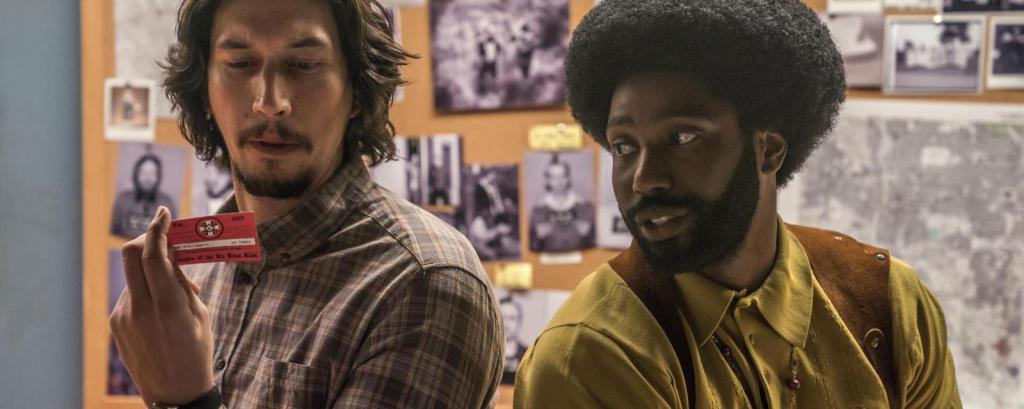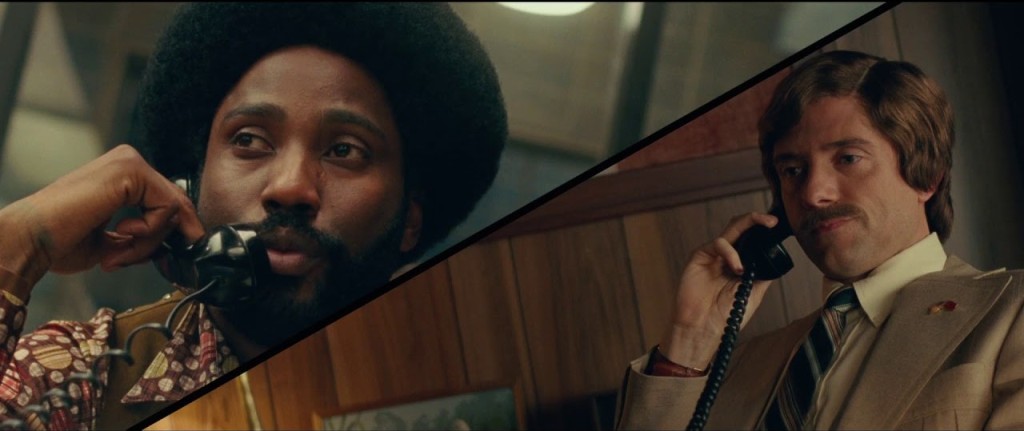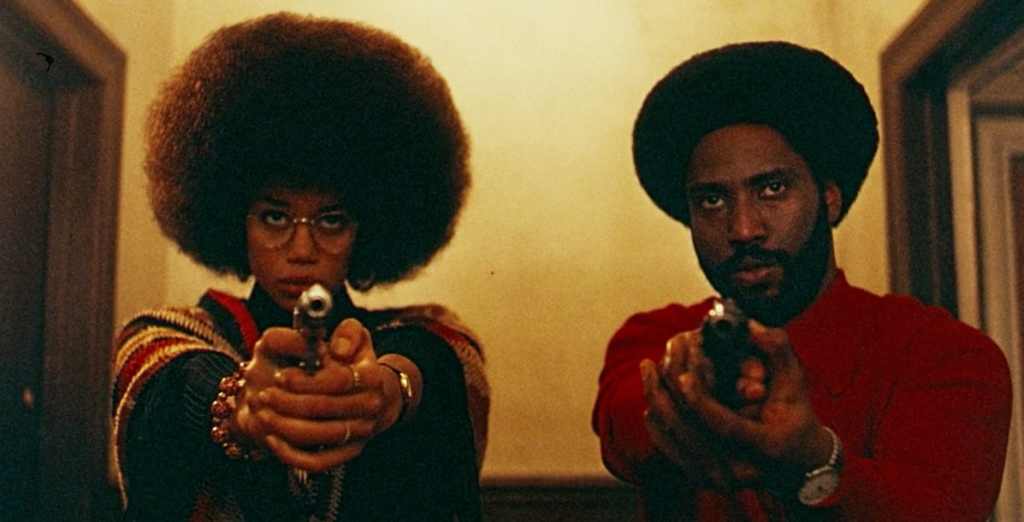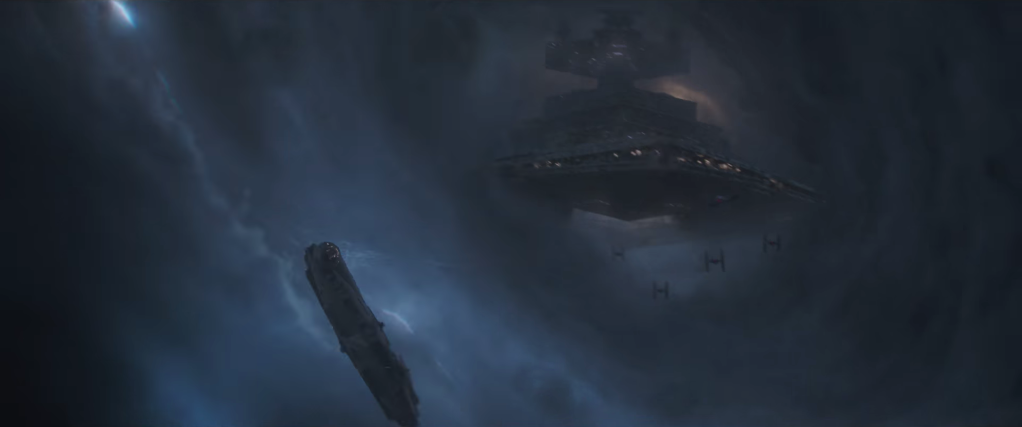
I had a pretty good feeling that BlacKkKlansman would be great and when my mom and aunt and I went to see it at the conclusion of their short visit to my new home-city I was just hoping that it’d live up to my expectations. It didn’t, though. As the movie ended, the whole theater sat still, stunned while a haunting Prince cover of “Mary Don’t You Weep” played over the end credits. The last image we saw, an upside-down American flag that indicates distress, still dominated my vision (it probably didn’t help that we were sitting closer to the screen than I usually like). Walking out, we started discussing what we just saw. It became clear that we were in agreement: that was maybe the best movie of the year so far.
Based on a true story, BlacKkKlansman follows a black “diversity hire” detective in 70s-era Colorado as he infiltrates the local chapter of the Ku Klux Klan, first over the phone then with the help of a white (Jewish) partner. John David Washington and Adam Driver have a lot of chemistry together, and the scene where they learn to talk like each other is both funny and a perfect example of code-switching. The basic story is intriguing enough that if it were just told straight it’d probably be pretty good.

But Spike Lee doesn’t let things just happen on screen. Instead, he augments the story with skillful directorial touches such as the faux documentary that opens the film, featuring Alec Baldwin as the kind of progenitor of David Duke’s racism who can’t quite spit out the hate as smoothly as he would like. They keep coming throughout the movie, posters of blaxploitation movies overlay the screen when characters talk about them and adoring fans get stylized close-ups on a black background during a speech by Kwame Ture that kind of kicks everything off. These aren’t just flourishes for flourish’s sake. Instead, each has a purpose, whether it’s in capturing the way that speakers can move their audiences or showing that movies can, in fact, move entire groups to action. It has become almost a cliché now to note the impact that movies like Gone with the Wind and Birth of a Nation had on our national consciousness, but Lee incorporates scenes from both to prove that movies and cultural products can shape the way we feel, think, and even act.
That’s all well and good, an observation that resonates with me, but Lee also clearly wants BlacKkKlansman to be a movie that shapes the national conversation. Lee could never be accused of subtlety, and this isn’t just a movie that wants to tell us the story of something that happened before half its audience was even born. Rather, this is a movie about right now, about the roots of the racism that have sprouted with greater force than many of us expected when a presidential candidate stopped keeping the racism under cover and started just being racist right out in the open. We get a few Trumpian figures here: the malicious and distrusting klansman, the dumbass klansman, and David Duke himself, the slimy, almost-presentable asshole. Each is a side of Trump we have seen on the campaign trail and in office, and Lee makes sure that we’re picking up what he’s putting down in a few on-the-nose scenes involving the discussion of Duke’s political ambitions. Far better is the scene where Duke gives a speech in which he invokes the American Nazi slogan, “America First.” Trump has, knowing its history or not, picked up that slogan for himself and still claims with a straight face that he’s “the least racist person you’ll ever meet.” Ha.

Lee goes even further at the conclusion of the movie, a mini-documentary on the Unite the Right rally in Charlottesville where Heather Heyer was murdered by the modern-day equivalent of the KKK seen in this movie. We hear again the “good people on both sides” bullshit that Trump spouted days after her death and then we see the upsidedown flag that I mentioned earlier. It’s a powerful ending, proof that racism is not a solved problem and proof that we are not so different from the people in the movie. We must figure out how to deal with increasingly comfortable racists that have permeated our society. One such example happened over the weekend, as the one year anniversary of Heyer’s death saw more Unite the Right ralleys that were hopelessly outnumbered by counterprotesters in DC and beyond. Collective action that seeks to push these murderous assholes out of public spaces and public acceptance will be a good first step, and BlacKkKlansman is part of that first step. A glorious, funny, disturbing part.




